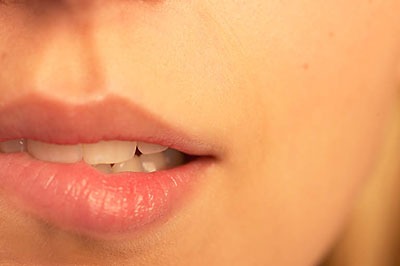Options for Replacing Lost Teeth
Published:April 5th, 2014 Although we’d all love to have our natural teeth for life, it doesn’t always work out that way. Sometimes teeth will be lost due to tooth decay or gum disease, or they can be knocked out in accidents, marring an otherwise healthy and beautiful smile. So why is it important to replace lost teeth and what are the best ways to do so?
Although we’d all love to have our natural teeth for life, it doesn’t always work out that way. Sometimes teeth will be lost due to tooth decay or gum disease, or they can be knocked out in accidents, marring an otherwise healthy and beautiful smile. So why is it important to replace lost teeth and what are the best ways to do so?
The Importance of Replacing Missing Teeth
It is important to replace any missing tooth, even any right at the back that are not visible when you smile. The reason for this is that all your teeth are perfectly designed to work together, and even a single missing tooth can make a difference. When a tooth is lost, the adjacent teeth will begin drifting into the space. This affects the way your teeth bite together and can lead to gaps opening up in between other teeth. The opposing tooth in your other jaw that used to bite against the missing tooth will also begin to move towards the empty space. This is because the force of biting against another tooth helped to keep it firmly in place.
All these changes can affect the relationship between your upper and lower jaw, and can change the overall appearance of your teeth. It may even place stresses on your jaw joints and facial muscles as these structures will need to cope with the new tooth arrangement. It’s far better to avoid these problems through replacing any missing teeth as soon as possible.
Different Options for Replacing Missing Teeth
Your options include partial dentures, bridges and dental implants. Your choice might be down to the overall cost of treatment, the position of the tooth and the convenience of treatment.
A partial denture is the easiest and cheapest option and is the least invasive. It consists of a plastic plate that may be reinforced with cobalt chrome alloy and which supports the denture teeth. A partial denture is usually held in place with clasps around existing teeth or with precision attachments that can fit onto natural teeth. It’s also possible to have a partial denture made from a flexible nylon material, and this can be more comfortable and discreet. In spite of the benefits of choosing a partial denture, many people dislike the fact that it is removable and needs to be left out overnight for the gums to recover. Some people also find them quite uncomfortable to wear.
A dental bridge is supported by existing natural teeth adjacent to the missing tooth. These teeth will need to be ground down by your dentist as they are crowned, and the crowns are attached to the replacement tooth which is called a pontic. A bridge is cemented firmly in position and can only be removed by your dentist. Dental bridges can look extremely good and are quite affordable, but are best used when the teeth adjacent to the missing tooth need dental crowns. Otherwise you’ll be sacrificing healthy tooth material.
A dental implant is often considered the best way of replacing lost teeth, and consists of a titanium post that is inserted into the jawbone and which supports the replacement tooth. This helps preserve the jawbone, and only has a positive effect on natural teeth. There is no need for other teeth to be adapted for clasps or for crowns, and a dental implant can be extremely long-lasting. The initial price is a little more, but many dentists have special offers for this type of treatment, and in the longer term it can be cheaper.
About the author
 Alison, is a UK born and educated dental professional with over 25 years experience.
Alison, is a UK born and educated dental professional with over 25 years experience.





Write a Comment of Options for Replacing Lost Teeth